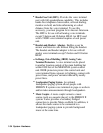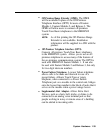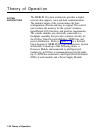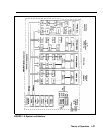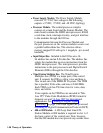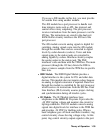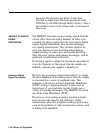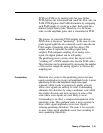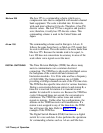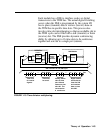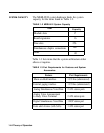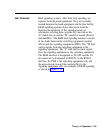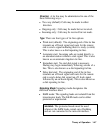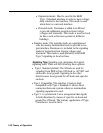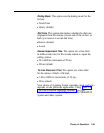
Mu-Law 255
A-Law 100
DIGITAL SWITCHING
Mu-Law 255 is a commanding scheme which uses a
compression ratio that is compatible with modern channel
bank equipment. The scale is divided into 16 intervals,
with each interval having 16 levels. Therefore, it has 256
discrete values. Mu-Law 255 has a negative and positive
zero; therefore, it really has 255 discrete values. This
commanding scheme is used in the United States and
Japan.
The commanding scheme used in Europe is A-Law. It
follows the same basic theory as Mu-Law 255 except that
its scale is different. The scale tends to be more linear than
Mu-Law 255. Because the intends tend to be equal, A-
Law 100 does not concentrate its accuracy in areas of the
scale where voice signals occur the most.
The Time Division Multiplex (TDM) bus allows many
users to communicate over a common electrical
connection. The TDM bus is physically distributed across
the backplane of the control unit and connects all
line/station modules. It is 8 bits wide and has a frequency
of 2.048 MHz. The frame repetition rate is 8 KHz
providing a 64 Kbps channel on each of the 256 time slots.
The TDM bus has specific time slots for various functions.
During a conversation between station A and station B, a
time slot is reserved for station A to transmit on and
another for station B to receive on. Because the TDM bus
cycles 8 thousand times per second, the conversation is
continuous. The TDM bus carries tones and control
signals to stations. Unlike other bus configurations, the
stations on the TDM bus receive all transmissions. If a
station is not assigned to any of the time slots, the TDM
bus will ignore the data. Refer to Figure 1-10 for an
example of the TDM bus.
The Digital Switch Element (DSE) functions as a digital
switch for voice and data. It also performs the operations
for commanding schemes such as A-Law and Mu-Law.
1-42 Theory of Operation



